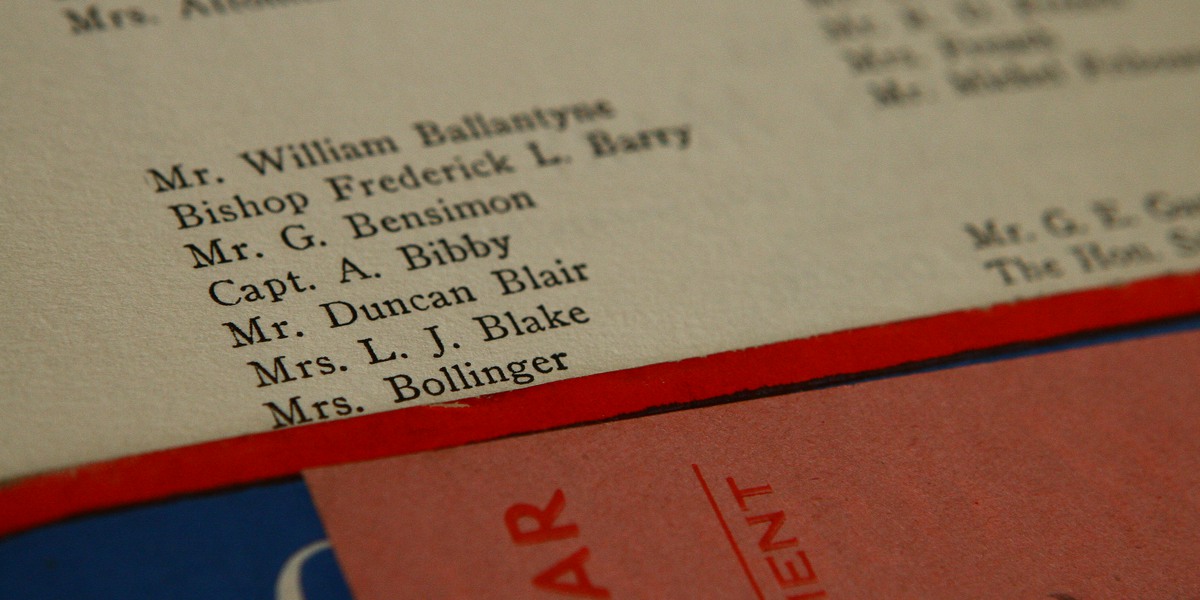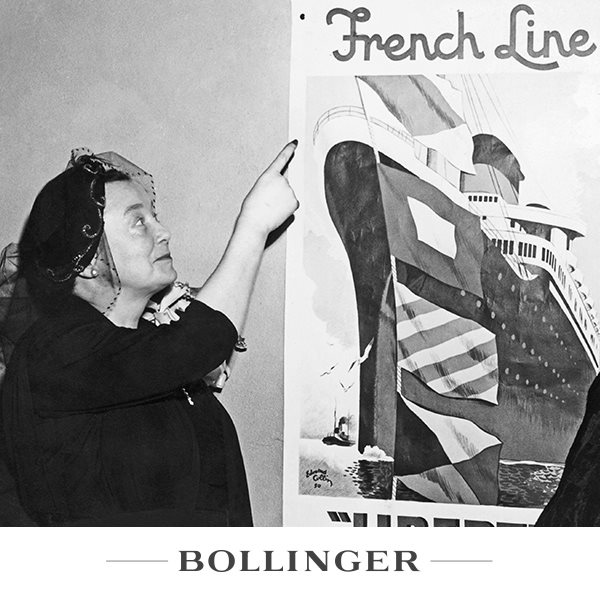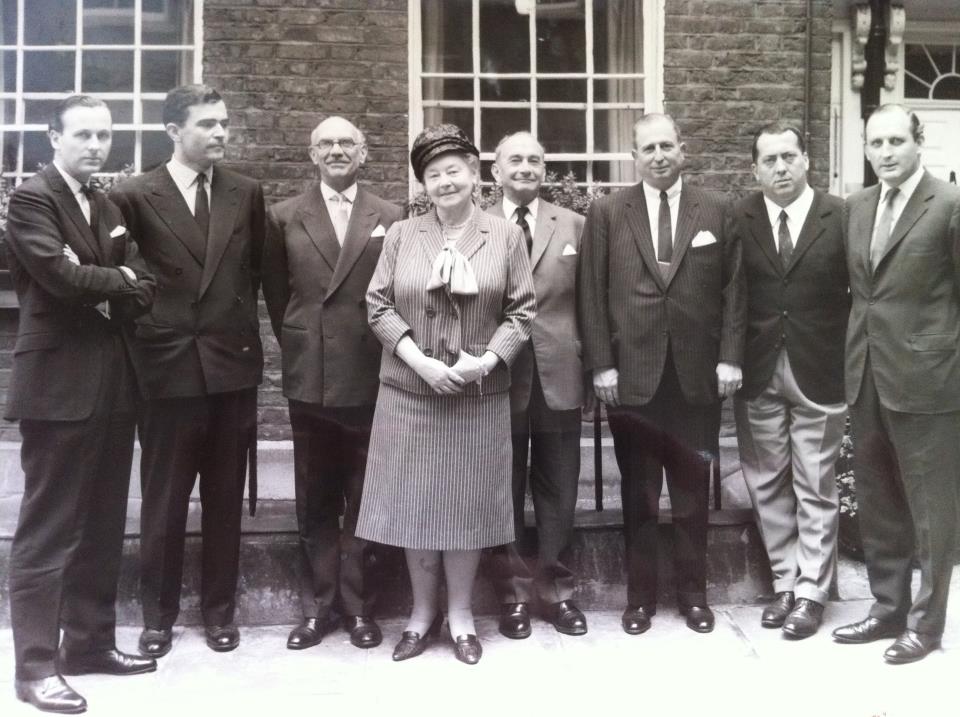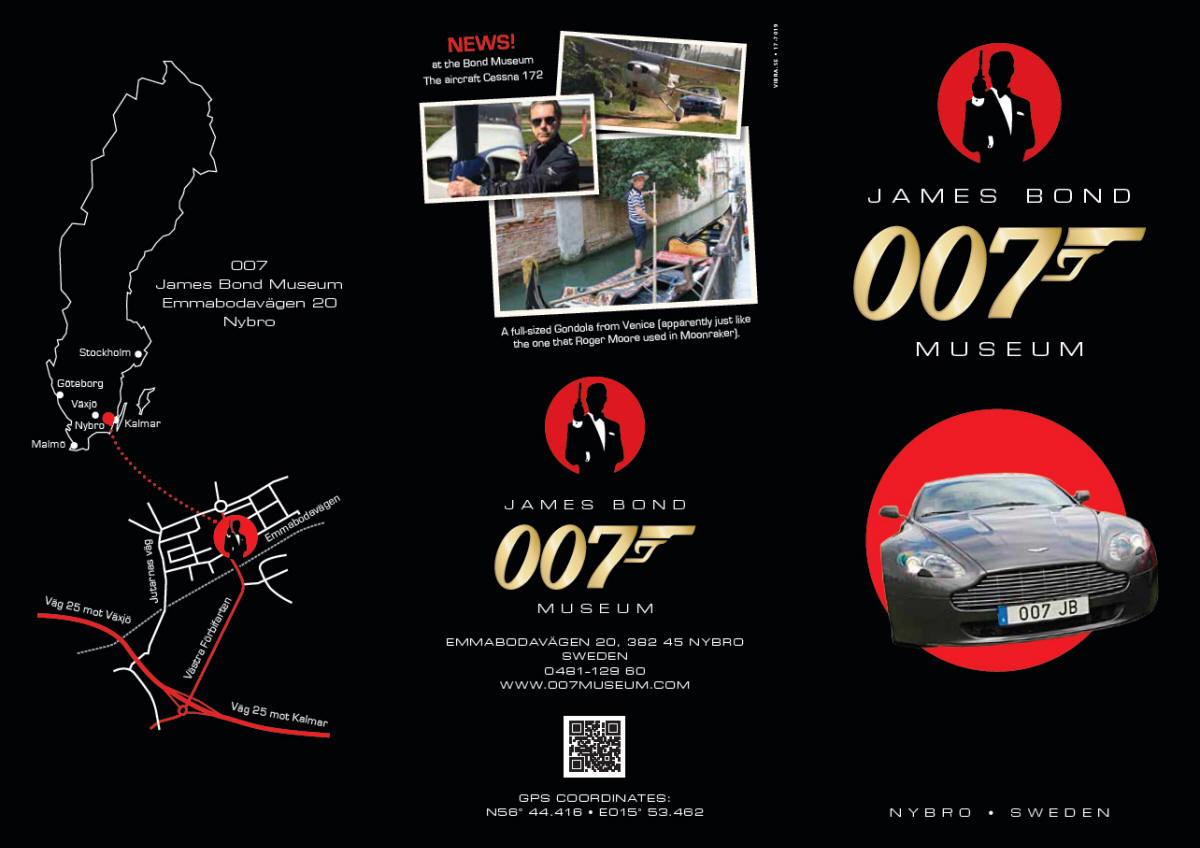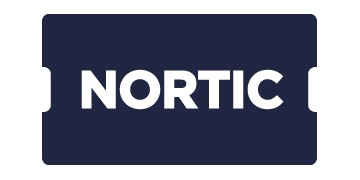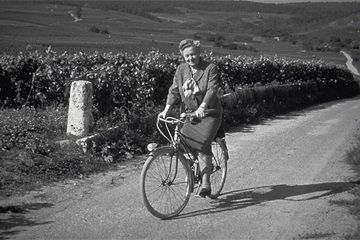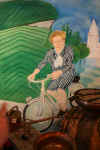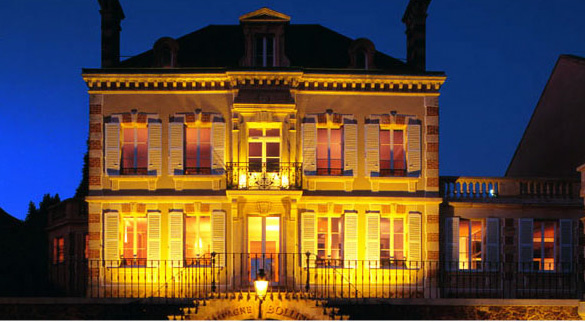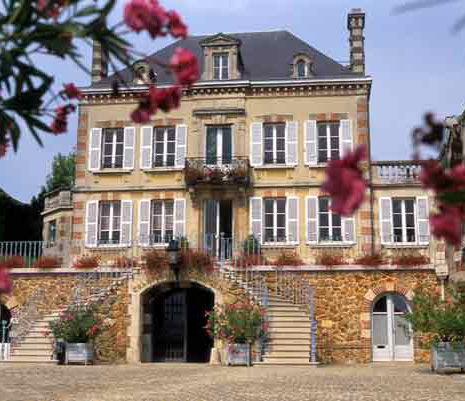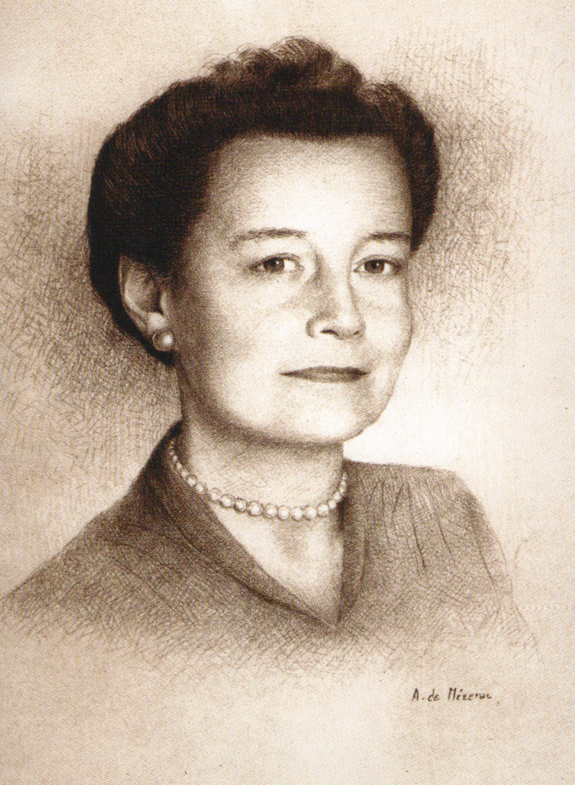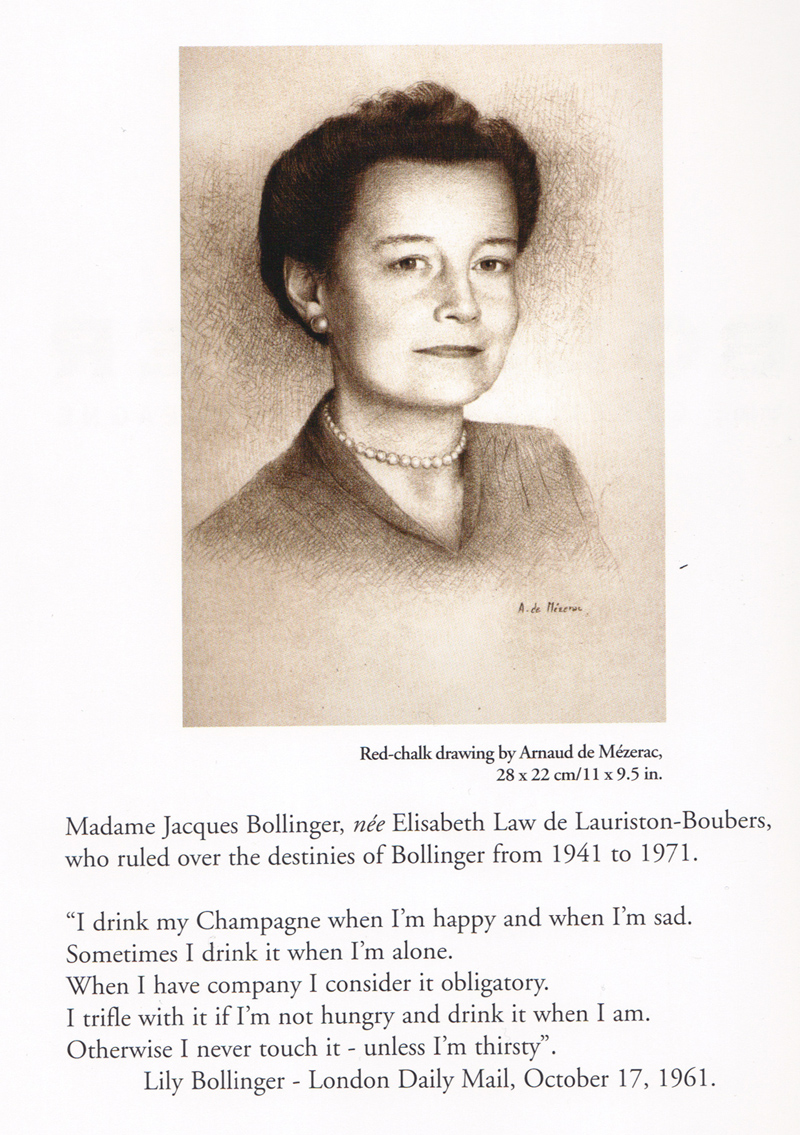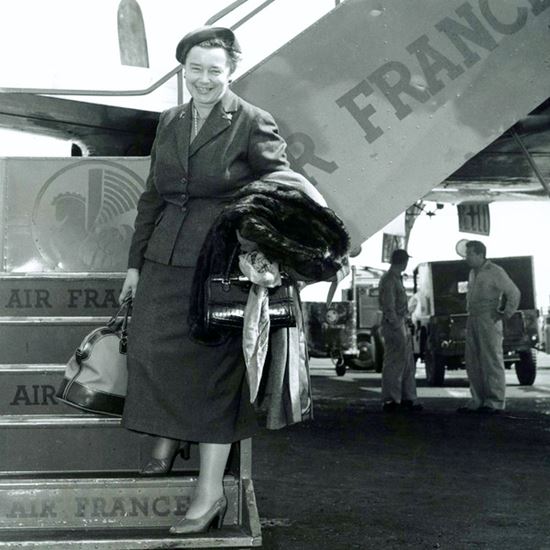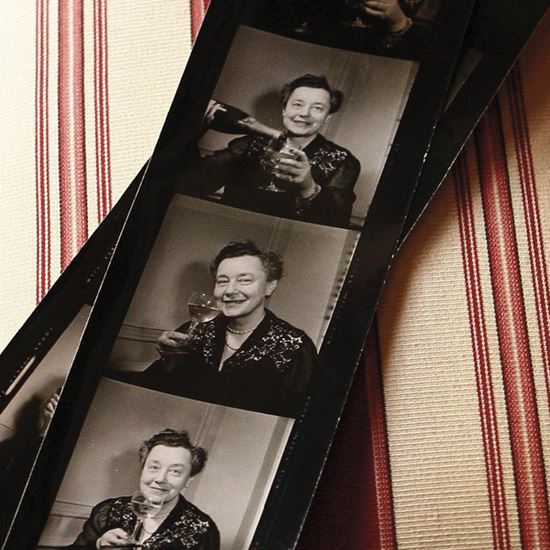Champagne Wine Quotes
- Champagne shows up in a plethora of books, movies, songs and
quotations!
Champagne is often considered the ultimate drink of success and
celebration.
Champagne is also a wonderful way to soothe yourself when you're
feeling low!
Here are some great quotes, quotations and sayings involving the
bubbly drink.
Lily Bollinger was asked "When do you drink champagne?", and
replied:
I only drink champagne when I'm happy, and when I'm sad.
Sometimes I drink it when I'm alone.
When I have company, I consider it obligatory.
I trifle with it if I am not hungry and drink it when I am.
Otherwise I never touch it - unless I'm thirsty.
Three be the things I shall never attain:
Envy, content, and sufficient champagne.
Dorothy Parker
I am drinking the stars!
Dom Perignon, on his first sip of bubbly Champagne
In victory, you deserve Champagne, in defeat, you need it.
Napoleon
There comes a time in every woman's life when the only thing that
helps is a glass of champagne.
Bette Davis (from the movie Old Acquaintance)
Champagne is the only wine that leaves a woman beautiful after
drinking it.
Madame De Pompadour
Champagne's funny stuff. I'm used to whiskey. Whiskey is a slap on
the back, and champagne's a heavy mist before my eyes.
Jimmy Stewart (from the movie The Philadelphia Story)
My only regret is that I did not drink more Champagne.
Lord Maynard Keynes, on his deathbed
I drink champagne when I win, to celebrate . . . and I drink
champagne when I lose, to console myself.
Napoleon Bonaparte
The feeling of friendship is like that of bein comfortably filled
with roast beef; love is like being enlivened with Champagne.
Samuel Johnson
In success you deserve it, and in defeat you need it.
Winston Churchill
I'm only a beer teetotaller, not a champagne teetotaller. I don't
like beer.
George Bernard Shaw
Vad har då James Bond druckit i filmerna?
James Bond 007 Museum News bjuder här på det
kompletta svaret:
• Dr. No (1962):
Dom
Pérignon 1955 och Smirnoff vodka.
• From Russia With Love
(1963): Taittinger Blanc de Blancs.
• Goldfinger (1964): Dom
Pérignon och mint julep.
• Thunderball (1965):
Dom Pérignon 1955, vodka, Cinzano martini och Rum Collins.
• You Only Live Twice
(1967): Vodka och Noilly Prat vermouth.
• On Her Majesty's Secret
Service (1969): Dom Pérignon 1957, Château Haut-Brion 1957,
Hennessy Cognac och Campari.
• Diamonds Are Forever
(1971): Mouton-Rothschild 1955.
• Live And Let Die (1973):
Bollinger (för första gången).
• The Man With The Golden
Gun (1974): Dom Pérignon 1964 samt vinet Phuyuck från Thailand.
• The Spy Who Loved Me
(1977): Bacardi rom.
• Moonraker (1979): Bollinger
R.D.
• For Your Eyes Only
(1981): Dom Pérignon och ouzo.
• Octopussy (1983): Bollinger
R.D.
• Never Say Never Again
(1983): (Sean Connery's inofficiella nyinspelning av Thunderball).
Absolut vodka.
• A View To A Kill (1985):
Bollinger 1975, Château Lafite Rothschild 1959 och Stolichnaya
vodka.
• The Living Daylights
(1987): Bollinger R.D.
• License To Kill (1989): Bollinger
R.D.
• GoldenEye (1995): Bollinger
Grande Année och vodka.
• Tomorrow Never Dies
(1997): Vodka.
• The World Is Not Enough
(1999): Bollinger Grande Année.
• Die Another Day (2002): Bollinger
Grande Année 1961 och 1995.
• Casino Royale (2006): Bollinger
Grande Année 1990 och Château Angélus 1982.
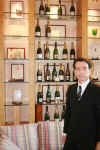
Champagne Bottle Sizes
The Champagne bottle design
is born as much out of style as it is necessity. The thick glass with its
gently sloping shoulders and a deep punt (the indentation on the underside)
are necessary as the pressure inside the bottle is 80-90psi (3 x the
pressure inside an average car tyre).
Quarter Bottle 0.2 litres
Half Bottle 0.375 litres
Bottle 0.75 litres
Magnum (2 bottles) 1.5 litres
Jereboam (4 bottles) 3 litres
Jeroboam (actually Jeroboam II), was the King of Israel during the year
of Rome's founding (753 BC)
Rehoboam (6 bottles) 4.5 litres
A son of Solomon, Rehoboam (meaning "the clan is enlarged"
according to Willard Espy) became king of Judah in 933 BC.
Methuselah (8 bottles) 6 litres
Methuselah was an antediluvian patriarch described in the Old Testament
as having lived 969 years and whose name is synonymous with great age. He may
well have evolved from a character of earlier Sumerian legend who lived for
65,000 years.
Salmanazar (12 bottles) 9 litres
Shalmaneser (alternatively spelled Salmanazar) was an Assyrian monarch
who reigned around 1250 BC.
Balthazar(16 bottles) 12 litres
Balthazar ("King of Treasures") is the traditional name of
one of the Three Wise Men, the other two being Melchior ("King of Light")
and Gaspar ("The White One"). Many scholars nowadays tend to
characterize the trio not as kings but rather as Zoroastrian priests, while
others speculate that at least one of them was a king -- namely Azes II of
Bactria who reigned from 35 BC to 10 AD. Whatever their occupations, legend and
German tourist brochures have it that the Three Wise Men -- or at the very least
their skulls -- lie buried in a golden shrine at Cologne Cathedral.
Nabuchadnezzar (20 bottles) 15 litres
Nebuchadnezzar, originally nabu-kudurri-usur meaning "Nabu protect
the boundary," became King of the Chaldean Empire in 604 BC. He was
actually the second Nebuchadnezzar; a less celebrated Nebuchadnezzar I preceded
him by 500 years.
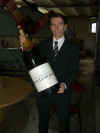
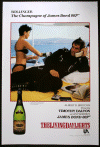 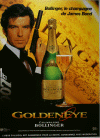 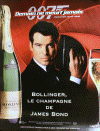 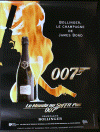
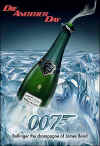 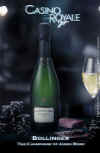 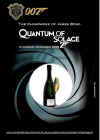 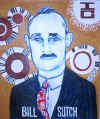
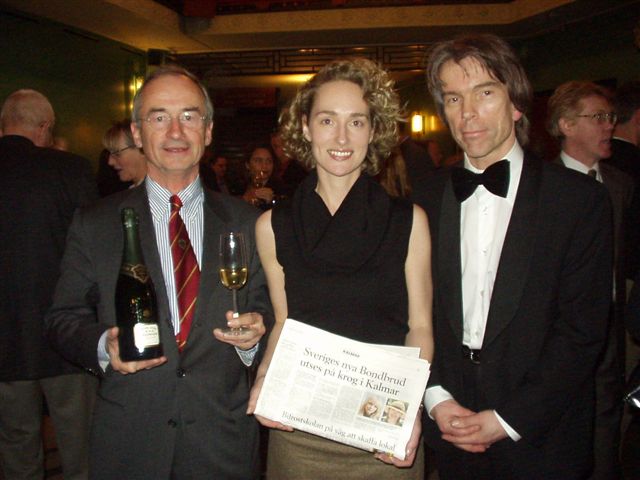
Ghislain de Montgolfier with James Bond Gunnar Schäfer
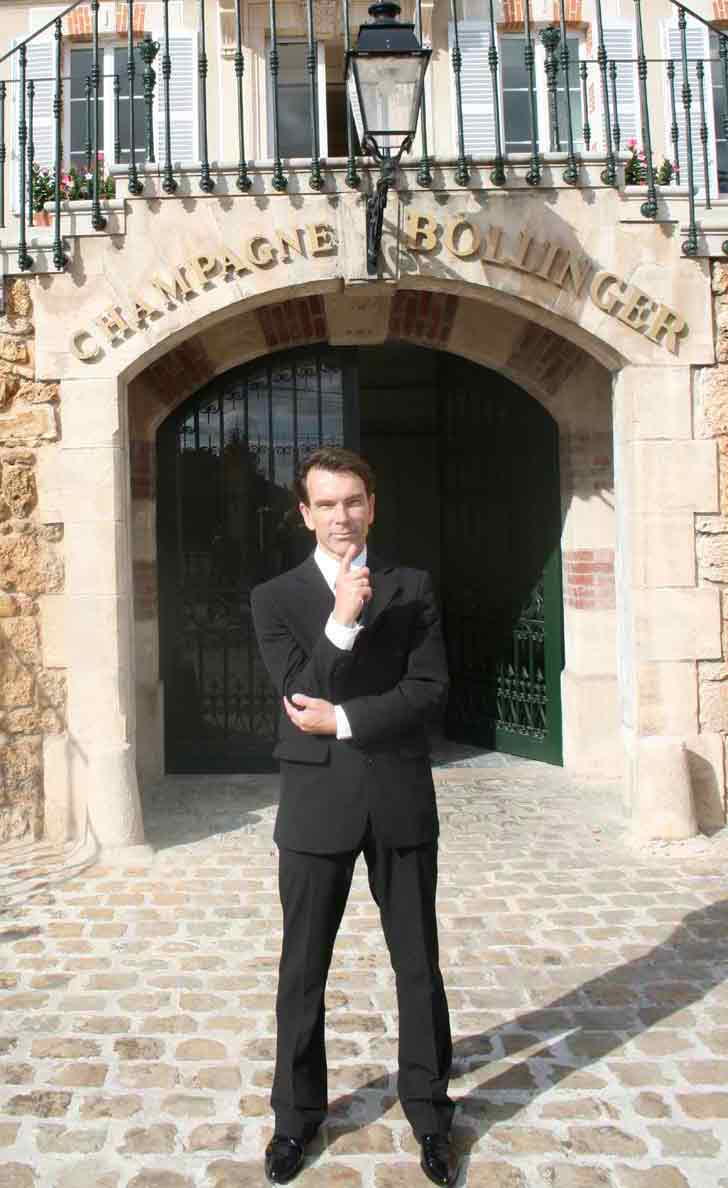 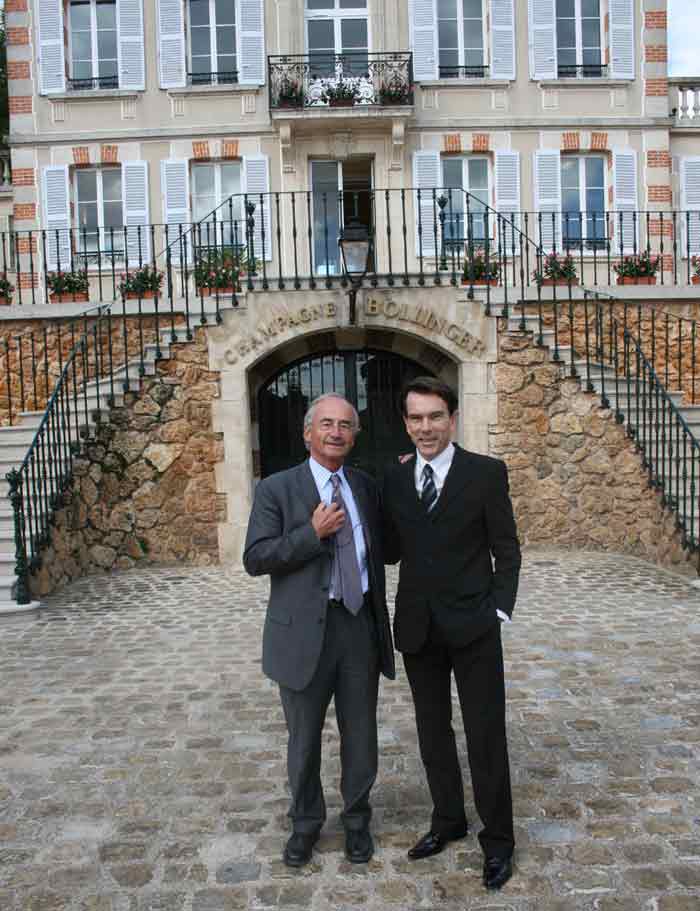
President Gunnar James Bond Schäfer from James Bond 007 Museum at the Bollinger Champagne House.
President Bollinger House Ghislain de Montgolfier and President Gunnar James
Bond Schäfer James Bond 007 museum
2008-09-08 in AY Frankrike
|
THE
HISTORY OF A CHAMPAGNE FAMILY
Overview
Seven
members (in bold, below) from six generations of the Champagne Bollinger
family have served as president of the firm since its founding in 1829.
Their goal has been to offer enthusiasts a unique wine whose style is
intimately linked to the history of a family that has chosen to remain
profoundly rooted in the singular interpretation of its vineyards and
region. In this era of conglomerization, Champagne Bollinger has
been faithful to its traditions by remaining one of the last independent,
family-owned and managed houses in Champagne.
Future
"Bollinger
today is quite simply a blend of the past and the future," Serena
Sutcliffe states in the Cyril Ray book, Bollinger: Tradition of a
Champagne Family (Heinemann, London, 1994). "Where the past
embodies traditions proved by generations to have been good, it remains as
the backbone of the firm and the wine. Where the future demands new
exigencies in quality control and consistency, Bollinger rises to the
challenge and arrives there before its competitors. Today at
Bollinger is constant awareness of fulfilling a historic role in Champagne
married to forward-looking vision and energy."
1650
The
Hennequin de Villermont family settles in Champagne, at the Castle of Cuis,
whose remnants are still visible.
1750
Pierre
Gilles Nicholas Hennequin, Lord of Villermont, Cuis, Cramant, Chouilly, La
Tour, Cuisle, St. Martin aux Champs, and Champoulain (17 ? –1795), moves
to 16 Rue Jules Lobet in Ay, where Champagne Bollinger is located to this
day. There is no proof that he owned the villages listed in his
title; indeed, he was not a man of wealth, though he did own vineyards in
Ay, Cuis and Cramant.
1763
Athanase
Louis Emmanuel Hennequin, Lord of Villermont, (1763-1840) is born to
Gilles. As a lad, he joins the French Navy as an ensign
and fights with the Americans during their War of Independence, including
in Chesapeake Bay on September 5, 1781. By 1791, an officer, he is
back in Europe and fights at the battle of Maestricht. During the
French Revolution, de Villermont exiles himself to Russia, from 1794 to
1798, where he is a commander in the Imperial Russian Navy. With the
subsequent brief restoration of the Bourbon family under Louis XVIII, de
Villermont returns to France where he is eventually promoted to rear
admiral and governor of the Royal Naval College of Angouleme.
Unfortunately, many of his lands are not restituted after the Revolution.
1815
When
the Russians invade Champagne in July 1815, they spare the village of Ay
because of de Villermont’s service in the Russian Navy.
His share of the family estate survives the Revolution but income is low
so, existing Bollinger invoices show, he begins shipping small quantities
of the 1812 vintage of his still and sparkling wines, primarily Cremant,
to customers in France and the English Channel Islands, though not under
his own name, as it was unseemly for aristocrats then to be in commerce.
1829
Jacques
Joseph Placide Bollinger (1803-1888)
was born to a noblewoman and legal officer in Ellwangen in the Kingdom of
Wurtemberg. In 1822, at 19, he joined Muller-Ruinart (no longer in
existence) to sell their Champagne in the Kingdoms of Bavaria, Hanover,
Wurtemberg and the Netherlands. In 1829, with his Muller-Ruinart
colleague Paul Renaudin and de Villermont, he forms the Renaudin Bollinger
company on February 6. Paul Renaudin dies without heirs, but
tradition at Bollinger is so strong that his name remains on the label
until 1960.
1837
At
34, Jacques, who becomes a French citizen in 1846, marries de Villermont's
twenty-year old daughter from his second marriage, Charlotte, and they
have one daughter, Marie, who eventually marries Jules Moret de Rocheprise,
and two sons, Joseph and Georges.
1870
Jacques
exports his first shipment to the U.S.
1884
Georges
is awarded the Royal Warrant from Queen Victoria and a year later from the
Prince of Wales
1888
Georges
and Joseph Bollinger take over the business on Jacques death, and
acquire vineyards in the villages of Louvois, Bouzy, and Verzenay as they
expand exports.
1901
Georges
is awarded the Royal Warrant from King Edward VII and, again, in 1910,
from King George V and Queen Mary.
1911
Because
Bollinger had always used grapes grown exclusively in Champagne, the house
is spared during the Ay Riots when many Champagne houses are put to the
torch for importing grapes from outside the region. Georges is
elected to the Ay city council, where he continues to serve during the
German invasion of 1914.
1918
Georges
dies and his son Jacques (1893-1941), at age 25, takes over,
following a career as a glamorous and distinguished Farman pilot in the
French Air Force during World War I, for which he receives the Legion
d'Honneur and Croix de Guerre by the age of 24.
1936
Jacques
replants the two-acre Cote aux Enfants vineyard in Ay and purchases
vineyards in Tauxieres as well as the Duminy house and cellars on
Boulevard Marechal de Lattre de Tassigny (which today are Bollinger’s
offices) and connects them, via underground cellars, to his own cellars
around the corner on Rue Jules Lobet.
1940
A
month after the Germans requisition the Bollinger home and force the
family out (during which time they take 178,000 bottles of Champagne),
they demand that the Bollingers return to work. To protect their
vineyards, winery, and remaining inventory, the family returns to work in
the vineyards and winery. When told they are ‘goldbricking’,
Jacques says they require help and thus is able to free many of the
family’s workers from prison camp.
1941
When
Jacques Bollinger dies during the Nazi occupation of Champagne, Elizabeth
‘Lily’ Law de Lauriston Boubers (1899-1977, married to Jacques
in November 1923), takes over. As they have no children, she is
already deeply immersed in the business and so is able to run it, even
during the difficult World War II years. During her 30 years as head
of Bollinger, she acquires additional vineyards in Ay, Mutigny, Grauves
(1955 and 1968) and Bisseuil (1961).
1944
On
August 10 Bollinger's properties are heavily damaged when a third of Ay is
destroyed by Allied bombardments to destroy German munitions, but on
August 22, General Patton's U.S. Third Army arrives just in time to stop
the retreating German army from dynamiting Bollinger's cellars and Ay.
1950
Lily
is awarded the Royal Warrant from George VI and the Queen Mother.
1951
Lily
purchases from the Deuil family the one-and-a-half-hectare grand cru Cote
aux Enfants plot between Rues de la Breche and Allard in the village of
Ay, the vineyard from which Thomas Jefferson’s favorite wine of
Champagne originated.
1955
Lily
is awarded the Royal Warrant from Queen Elizabeth II.
1964
Lily
purchases Bollinger’s U.K. importer (since 1851), Mentzendorff, to
assure the correct distribution of Bollinger’s Champagnes in its most
important market.
1971
Claude
d’Hautefeuille (1913-2000),
son-in-law of Lily’s sister Therese de Valbray, who joins Bollinger in
1950, becomes president, following 18 years in the French Foreign Legion.
A year later Lily retires, though she remains active until her death in
1977. D'Hautefeuille, president of the Syndicat des Grandes Marques
de Champagne from 1968 to 1974, purchases vineyards in Champvoisy and
maintains Bollinger's policy of quality and independence while modernizing
the company and increasing exports. He retires from the presidency
in 1978, becoming chairman emeritus of the board until 1998.
Heinemann publishes Bollinger: Tradition of a Champagne Family,
written as tribute to the house by Cyril Ray.
1975
Bollinger
introduces its unique pre-phylloxera ungrafted vineyard with the 1969
vintage, naming it Vieilles Vignes Françaises.
1978
Christian
Bizot (1928-2002), son of Lily’s youngest sister, Guillemette, and
Parisian banker Henry Bizot, who joins Bollinger in 1952, becomes
president and increases exports to 83% of production while maintaining
Bollinger's traditional values. He purchases vineyards in Mutigny,
and discontinues the house’s Extra Dry, saying its dosage masks the
excellence of the wine. In 1989, for his commitment to quality, he is
named one of only two Honorary Masters of Wine. In March 1992, when
criticism of Champagne for its declining quality has reached a roar in
England and France, Bizot publishes a Charter of Ethics and Quality that
makes public its guidelines for producing world-class Champagne; the
family also begins listing basic information regarding cru quality, grapes
and aging on each of its Champagnes’ back labels.
1981
For
the first time, Bollinger bottles its Ay Cote aux Enfants vineyard pinot
noir, with the 1979 vintage.
1987
To
honor Lily on the 10th anniversary of her death, Bollinger establishes the
Madame Bollinger Foundation to promote the highest ethical and quality
standards in the wine industry. With its first grant of 30,000
pounds to the Institute of Masters of Wine in 1988, the foundation extends
the Masters of Wine exam to overseas candidates. Additional grants
are made in subsequent years, and the Foundation also awards a Madame
Bollinger Medal of Excellence in Wine Tasting to the best taster in the
Master of Wine Exam.
Given
the accelerating trend of conglomerization in Champagne, to protect itself
from a hostile takeover, Bollinger restructures to a family-owed holding
company, Jacques Bollinger Cie., with all shares entirely in family hands.
1993
Bollinger
creates the R.D. Circle to ensure that enthusiasts and collectors receive
their R.D. in perfect condition, fresh and directly from the winery rather
than after months and even years of storage under uncertain conditions.
1993
Ghislain
de Montgolfier (1943-), great-grandson of founder Jacques Joseph
Bollinger, and nephew of Jacques and Lily, becomes Bollinger’s seventh
president in December after serving on the company’s board of directors
from 1985, and joining Bollinger as director general in 1990 following a
career in agricultural research in the public and private sectors.
He purchases vineyards in Louvois and Vertus. In 1993, he becomes
president of the Technical Commission of the CIVC (Comité
Interprofessionnel du Vin de Champagne).
Heinemann
republishes Cyril Ray's Bollinger: Tradition of a Champagne Family,
updated and with a new chapter by Serena Sutcliffe, U.K. M.W.
2000
Bollinger
holds a meeting with the young generation (under 35) of Union of Growers,
during which many say they have a vision of how they want their Champagnes
to taste, but Bolly already produces such Champagnes.
2001
Bollinger
opens its first Bollinger Bar, in the Le Meridien in Grosvenor House on
Park Lane in London in March. |
